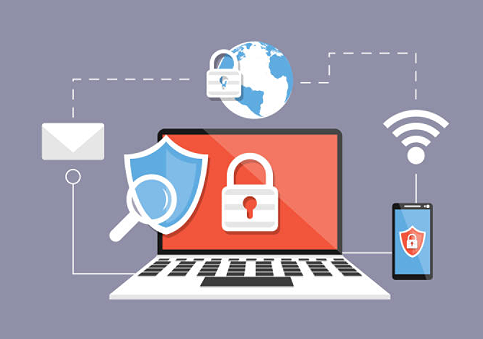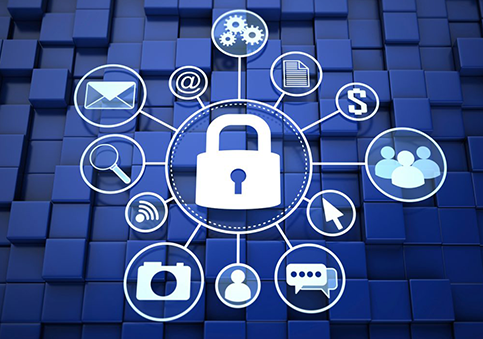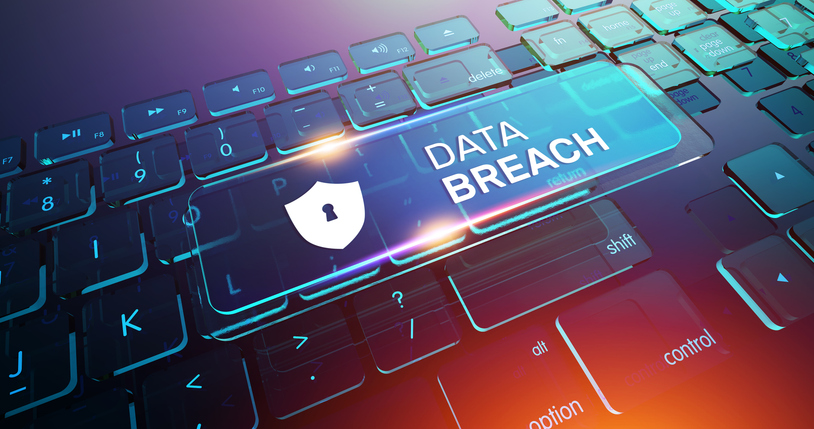What Is Malware And How Does It Work?
Updated on October 11, 2022, by Xcitium

Malware, also known as malicious software, is a malicious code developed with a malicious intent, or whose effect is malicious. This software can disrupt the system’s operation by permitting an attacker to access sensitive and confidential information, besides allowing attackers to spy on private and personal computers.
Malicious software normally disguises itself as clean programs. Cybercriminals design malware in order to steal data, bypass access controls, compromise computer functions, and also cause harm to the host computer, its data, and applications. If spread through a network, malware can actually cause widespread damage and disruption, demanding extensive recovery efforts within organizations.
History Of Malware
Threats like malware have been in existence for decades but they were referred to as computer viruses during this time. However, the term malware was introduced by Yisrael Rada in 1990. Many of these early infectious programs were actually written as pranks or experiments, but hackers now use malware to steal business, financial, and personal information.
Key Types Of Malware Attacks And How To Defend Against Them
Given below is a list of malware types and a discussion on how to prevent and tackle such malware attacks:
Adware
Adware is a malware capable of downloading or displaying advertisements to the device user. It mostly does not steal any data from the system but it plays a more annoying role of forcing users to see ads that they would rather not have on their system. Some irritating forms of adware display browser pop-ups that cannot be closed. Sometimes, users unknowingly pollute themselves with adware that is installed by default when they download and then install several other applications.
Solution
Install an anti-malware solution available with anti-adware capabilities. You will have to disable pop-ups on your browsers and then focus on the installation process when installing new software, ensuring that you un-select any boxes that will install additional software by default.
Backdoor
A backdoor is considered to be a secret way to get into your network or device. Device or software manufacturers frequently create backdoors into their products either unintentionally through sloppy coding practices or intentionally so that company personnel or law enforcement will have a way to break into the system. It is also possible to install backdoors using other types of malware, such as rootkits or viruses.
Solution
Backdoors are one of the hardest types of threats to defend against. According to experts, the best defense is a multi-pronged security strategy comprising of a firewall, network monitoring, intrusion prevention and detection, data protection, and anti-malware software.
Bots and botnets
A bot is software that executes an automated task, and many bots can be helpful. When talking about IT security, the word bot mostly refers to a device that has been infected with malicious software that makes it perform something harmful, mostly without the owner’s knowledge. A botnet is a huge group of these bots all focused on the same task. Often, attackers use botnets to send out spam or phishing campaigns or to execute distributed denial of service (DDoS) attacks against websites.
Solution
Organizations can prevent their computers from becoming part of a botnet by using firewalls, regularly updating software, installing anti-malware software, and forcing users to create and use strong passwords. Additionally, network monitoring software can also help to determine when a system has become part of a botnet. It is essential for you to always change the default passwords for any Internet of Things (IoT) devices you install.
Ransomware
Ransomware has recently become one of the most prevalent types of malware. Most of the well-known malware variants lock up a system, preventing the victim to do any work unless he/she pays a ransom to the attacker. Other forms of ransomware threaten to publicize embarrassing information, such as a user’s activity on adult websites, unless he or she pays a ransom.
Solution
Organizations can often mitigate ransomware attacks by updating their backups. If their files become locked, they can just wipe the system and reboot from the backup. Furthermore, organizations should make it a point to train users about the threat, patch their software as needed and install all the regular security solutions. However, many organizations and individuals have resorted to paying the ransom as a few varieties of ransomware have proven to be extremely difficult to remove.
Spam
Spam is considered to be unwanted emails in IT security. It generally includes unrequested advertisements. A spam can also include attempts at fraud or attachments or links that would install malware on your system.
Solution
Most email services or solutions include anti-spam features. Using these capabilities is considered to the best way to prevent spam from showing up on your systems.
Trojans
A Trojan horse, or just a Trojan, refers to any malware that pretends to be something else but genuinely serves a malicious purpose. For instance, a Trojan can appear to be a free game, but after the installation process it could steal data, install a backdoor, destroy your hard drive or take other harmful actions.
Solution
As a user, you will have to be careful when installing new software on your systems or when clicking email attachments and links. Organizations can use security software, such as anti-malware software and firewalls, in order to prevent a number of Trojans.
Worm
A worm is very much like a virus because it spreads itself, but unlike a virus, it does not infect other programs. Instead, it is considered to be a standalone piece of malware capable of spreading from one network to another or from one system to another. A worm can cause damage to an infected system very much the same as the damage done by viruses.
Solution
The perfect best way to prevent worm infections is to use antivirus or anti-malware software. Users should only click on email attachments or links when they are certain of the contents.
Virus
In order to be considered a virus, the malware should be able to infect another program and try to spread itself to other systems. The virus mostly executes some sort of unwanted activity on the systems it infects, such as sending spam, stealing credit card information or passwords, locking the system or incorporating systems into a botnet.
Solution
A virus infection can be prevented by installing antivirus software, and users should regularly update the installed software. You should also deploy a firewall and pay close attention when clicking on Web links or email attachments.












